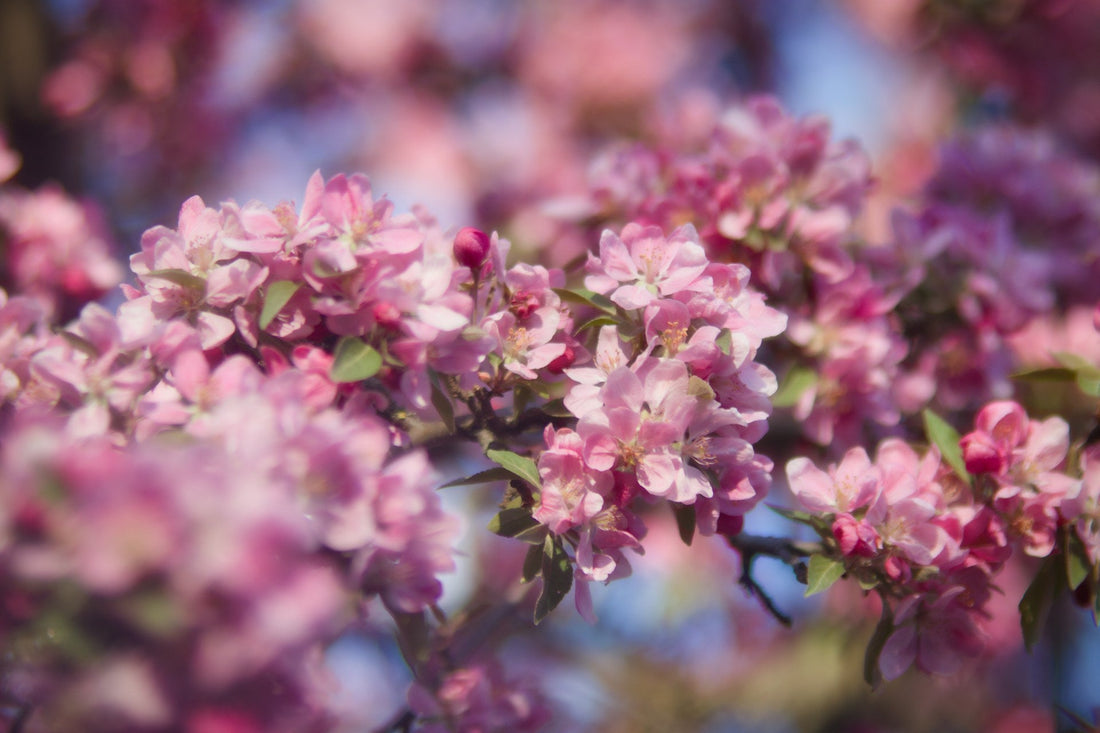
Seasonal Flower Care: Preparing Your Garden for Each Season
Share
Keep Your Flowers Blooming All Year Round
A beautiful garden isn’t just about planting flowers—it’s about caring for them throughout the year. Each season brings unique challenges, from harsh winter frost to scorching summer heat. By adjusting your flower care routine with the changing seasons, you can ensure vibrant blooms, healthy growth, and a thriving garden all year long.
🌸 Spring: The Season of Renewal
Spring is the time when gardens come back to life after winter dormancy. Focus on:
-
Cleaning Up: Remove dead leaves, debris, and old mulch to prevent pests and diseases.
-
Soil Preparation: Add compost or organic fertilizers to replenish nutrients lost over winter.
-
Planting Early Bloomers: Tulips, daffodils, and pansies thrive in early spring conditions.
-
Pruning: Trim damaged branches and dead stems to encourage fresh growth.
-
Mulching: Apply a thin layer to retain moisture and regulate soil temperature.
Spring sets the foundation for the year, so investing time in preparation ensures long-lasting success.
☀️ Summer: Protecting Against Heat
Summer brings intense sun and high temperatures. To keep flowers healthy:
-
Water Wisely: Early morning or late evening watering minimizes evaporation and stress.
-
Mulching: Thick mulch protects roots from heat and maintains soil moisture.
-
Deadheading: Remove faded blooms to encourage continuous flowering.
-
Shade Solutions: Use shade cloths or strategically plant taller companions to shield delicate flowers.
-
Pest Monitoring: Aphids, spider mites, and other insects thrive in summer—inspect regularly.
Summer care focuses on sustaining hydration, reducing stress, and maintaining vibrant blooms despite the heat.
🍂 Autumn: Preparing for Dormancy
Autumn is a transition period where your garden begins to slow down. Key steps include:
-
Clearing: Remove spent flowers and fallen leaves to reduce fungal diseases.
-
Planting Bulbs: Autumn is ideal for bulbs like tulips and crocuses that bloom in spring.
-
Fertilizing: Use a balanced, slow-release fertilizer to strengthen roots for winter.
-
Pruning Perennials: Cut back dead growth but leave some foliage to protect crowns.
-
Mulching for Insulation: Apply a thicker layer of mulch to protect roots from frost.
Autumn is about setting up your garden to survive winter while preparing for next year’s growth.
❄️ Winter: Protecting and Maintaining
Winter challenges gardeners with cold temperatures, frost, and limited sunlight. Focus on:
-
Protection: Use cloches, row covers, or frost blankets for sensitive plants.
-
Indoor Care: Move potted flowers indoors or to sheltered areas.
-
Minimal Watering: Reduce watering as growth slows, but ensure soil doesn’t completely dry out.
-
Soil Health: Add compost or organic matter to prepare for spring planting.
-
Monitoring: Check for winter pests like slugs or rodents around sheltered areas.
Winter care ensures that your flowers survive the cold and return strong and vibrant in spring.
🌱 Tips for Year-Round Flower Health
-
Know Your Flowers: Different species have unique seasonal needs. Research or keep a care journal.
-
Use Quality Soil: Rich, well-draining soil ensures healthy roots and robust blooms.
-
Rotate Annuals: Annual flowers need replanting each year; plan your seasonal rotation.
-
Companion Planting: Mix flowers that complement each other for pest control and growth support.
-
Stay Observant: Regularly inspect leaves, stems, and blooms for early signs of stress or disease.
✅ Benefits of Seasonal Flower Care
-
Ensures consistent blooms throughout the year
-
Promotes healthy plant growth and strong roots
-
Reduces the need for chemical interventions
-
Fosters a resilient, biodiverse garden ecosystem
By tailoring your flower care to each season, you can enjoy a flourishing garden year-round. Attention to detail, proper planning, and understanding seasonal changes make all the difference in creating a garden that’s beautiful, healthy, and low-maintenance.
